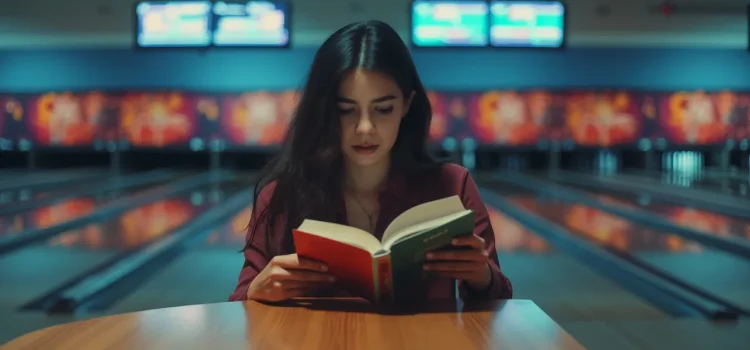Does social cohesion really lead to closed-minded groups that exclude outsiders? Can strong community bonds actually foster greater tolerance rather than less? In Bowling Alone, Robert Putnam challenges common assumptions about community connections. He distinguishes between bonding and bridging social capital, showing how these different types of connections shape our society. Read on to discover how our connections with both similar and different people influence so much.
Bonding and Bridging Social Capital: Robert Putnam Explains










